Bamboo: An Eco-Friendly Choice

Once considered an exotic flooring, Bamboo has earned mainstream popularity among environmentally conscious consumers. Bamboo is not a hardwood tree – it’s a fast-growing plant that can be harvested after four of five years of growth, and it regenerates after cutting.
Bamboo is produced through several methods, each of which results in a different hardness and appearance. Its stalks are too thin to produce individual floorboards, so strips of Bamboo are fused together to create commercial hardwood flooring. The way strips are joined determines the grain pattern – vertical grain has a smoother appearance and thin planks resembling butcherblock countertops; flat grain shows the “knuckles” of the Bamboo stalks and has wider planks. Natural Bamboo, which has a yellowish gold color, is the most popular variety of Bamboo flooring.
Here are some things you should know about Bamboo flooring:
Name: Bamboo is a member of the Bambusa vulgaris species and the Poaceae family, which includes barley, oat grass and crab grass.
Origins: Bamboo is native to Asia but has been cultivated in other tropical and sub-tropical regions, including the southeastern United States. While much of the Bamboo used in flooring comes from other countries, a few Bamboo plantations in the U.S. have been growing the plant for commercial use.
Janka Hardness Rating: With a Janka Hardness rating of 1380 out of 4000, Natural Bamboo is in the mid-range for hardwood flooring options – slightly harder than White Oak and softer than Hard Maple. The Janka Hardness scale is used to determine a hardwood’s resistance to dents, dings and scratches. The test, which uses a 2” x 2” x 6” piece of a wood specimen and a steel ball, determines how many pounds per square inch of force will make the steel ball embed halfway into the wood. That result leads to the wood’s Janka Hardness rating. Woods at the low end of the scale will show more evidence of dings compared to those at the top. However, woods at the very top of the Janka Hardness Scale could be too difficult to cut for home applications.
Installation: Bamboo is rigid and durable and in many cases can be installed atop existing floors or subfloors. While Bamboo is water resistant, continued exposure to moisture and humidity may cause boards to warp or swell. When choosing Bamboo flooring, talk to an experienced installer about how to choose the best product – Bamboo flooring can vary greatly, depending on the manufacturing process, and some of the lowest-priced Bamboo may contain chemicals that are harmful to indoor air quality.



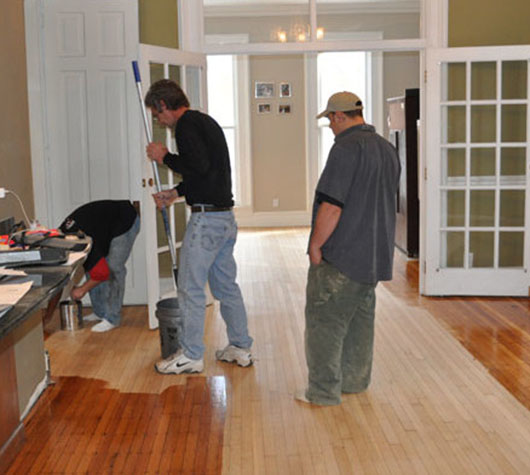 Repairing Scratched Hardwood Floors
Repairing Scratched Hardwood Floors
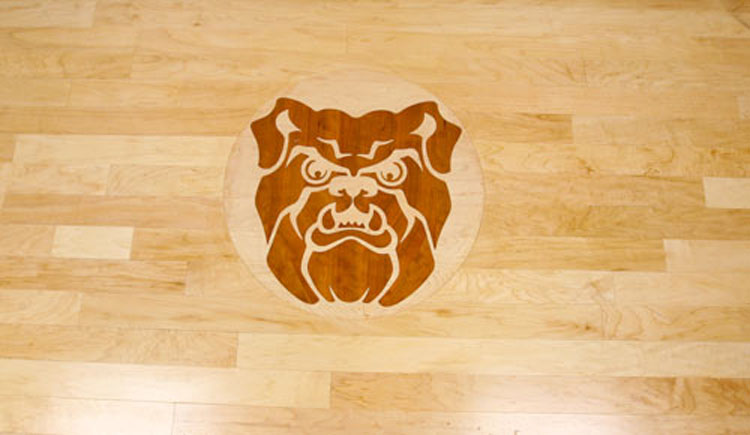 Hinkle Fieldhouse Butler Univers...
Hinkle Fieldhouse Butler Univers...
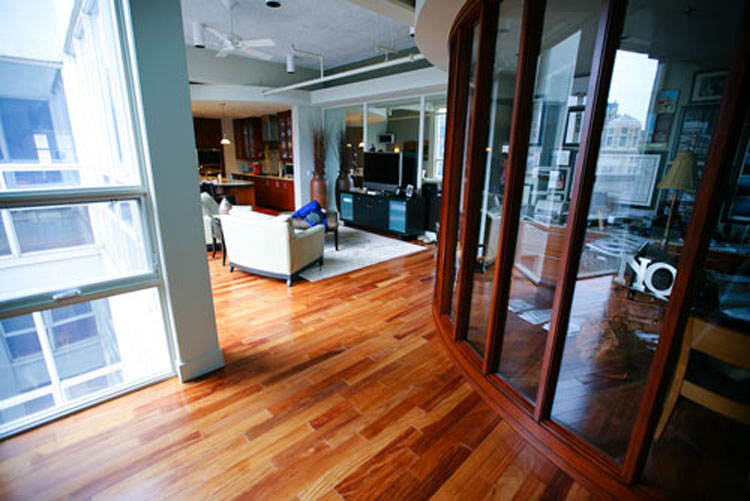 Penthouse Town Home Downtown Ind...
Penthouse Town Home Downtown Ind...
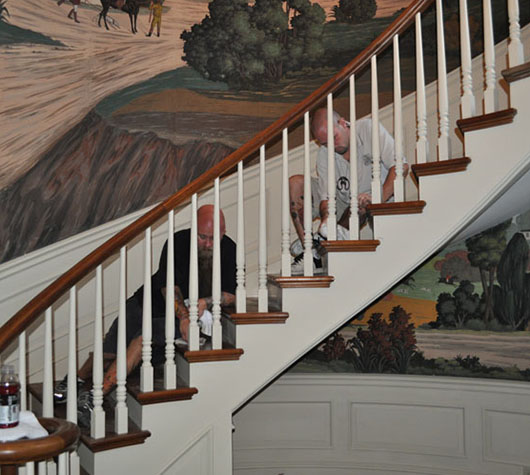 Antique Flooring Restoration
Antique Flooring Restoration
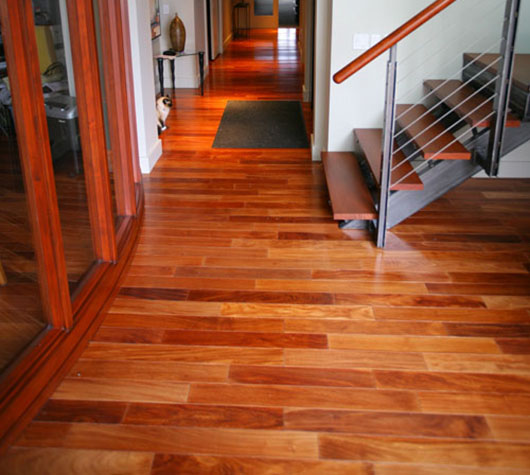 Brazilian Cherry Hardwood Floors
Brazilian Cherry Hardwood Floors